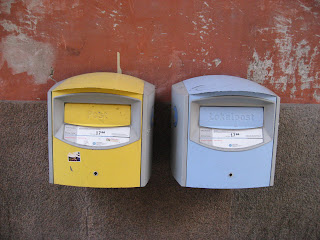
Cheonggyecheon Restoration Project: Seoul, Korea
This project is one of the influential project in Korea. I live not far from here so I have a chance to go there sometimes. I remember that the site was fully covered as a four-lane overpass and the site next to the overpass housed a dence warren of small business. It had caused heavy traffic jam and the area was polluted.

The project required the dismantling and demolition of an elevated highway, and the uncovering of the historic 5.8 km waterway that ran underneath. This was transformed into an ecologically sensitive green pedestrian corridor.

Zone 1: History
The Japanese colonial administration first began dredging Cheonggyecheon stream.
National and imperial motifs highlight this zone’s emphasis on history. The foundations and stones of earlier bridges were included as decorative elements.
Zone 2: Urban+Culture
The middle zone has recreation areas, waterfront decks, and stepping stones that bridge the two banks. Its design focused on using environmentally friendly materials.
Zone 3: Nature
The stream widens as it enters the final zone, which was designed to look overgrown and untamed.

They used a very smart and interactive design which included 22 different intersections and bridges. The developers and urban planner also looked at the cultural activities that took place at this site decades before the expressway existed and integrated them with effective lighting.
It has benefits included, increased tourism, increased pedestrian traffic resulting in boosting health, and the redevelopment of old streets within Seoul that boosted business, economy and real estate.



















